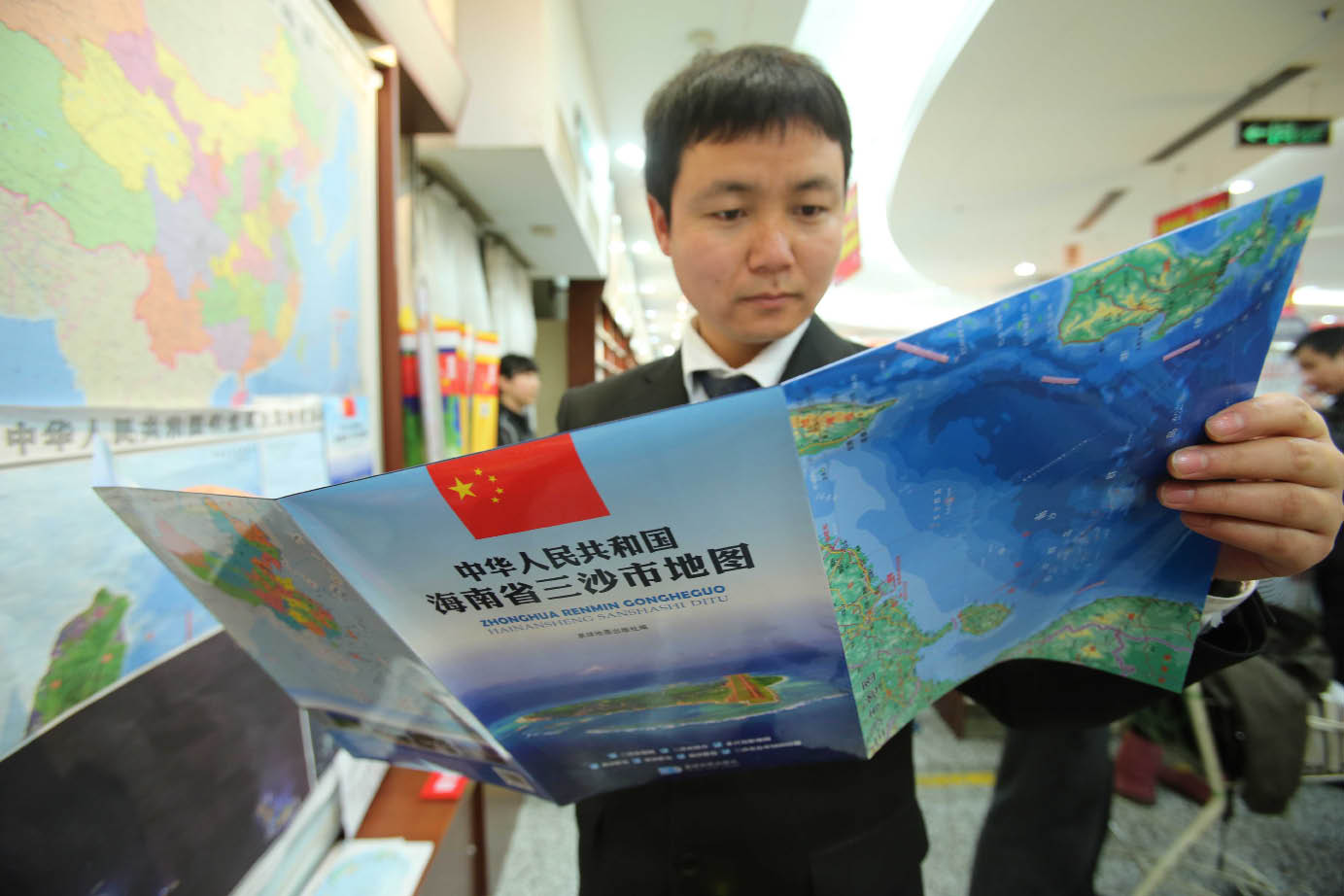China and Its Neighbors March Onwards Interdependent
Sharing the dividends of Asia-Pacific development and accelerating economic recovery topped the agenda of this strategic adjustment. Another major target, however, was to balance China’s growing influence and maintain the U.S.’s leadership in the region. U.S. official comments claimed that the strategic adjustment was not aimed at counterbalancing China and that it would not take sides on hotspot issues. The latest military deployment in the Asia-Pacific and certain “small actions” in the South China Sea and East China Sea, however, betray the true intentions of the U.S.
Domestic Reasons: Underestimation of External Influence
Singaporean Prime Minister Lee Hsien Loong made the comment when he visited China last September that China, having acknowledged itself as a developing country, is very clear about its problems, challenges and shortcomings. Other countries, however, see China as a powerful country with rising capacity, and as a key variable in the process of decision-making. China does not at times realize just how powerful it is in the eyes of other countries. Differing perspectives have led to different approaches to dealing with certain issues. China hence needs to make greater efforts to coordinate. Lee’s comments remind us that China’s neighboring countries, unprepared for its rapid rise, have fallen prey to a sense of insecurity. In their position, China would also feel nervous. Other countries usually analyze China according to its scale and comprehensive strength, whereas China’s political elites focus on the per capita and regional differences that lead to problems and disadvantages. Although this relatively humble strategic posture has helped improve domestic governance, it has inadvertently underestimated external anxiety about China’s rise. Therefore, certain modifications that the Chinese regard as normal have inadvertently made neighboring countries nervous. For example, the map added to the new Chinese passport has caused protests from several neighboring countries. In 2012, China successfully launched the Shenzhou-9 spacecraft, the Jiaolong manned deep-sea submersible, its new aircraft carrier and the Shenyang J-15 fighter jets. This speed of military development was beyond even the expectations of certain Chinese people. China should hence understand the magnitude of its influence on the outside world. As for the U.S.’s return to the Asia-Pacific, which its traditional allies and ASEAN countries ostensibly welcomed, the facts are that they regard the U.S. as a security guard needed to balance China, and not as a leader on which to depend. These countries have ambiguous feelings about the rise of China. They are keen to hitch a ride towards sharing economic dividends but at the same time expect to double profits by welcoming the U.S.’s return, but have no wish to be controlled. In 2012, when the U.S. strengthened its relationship with ASEAN countries, China also promoted comprehensive cooperation with the regional organization. Both deepened their strategic partnership on the tenth anniversary of the Framework Agreement on Comprehensive Economic Cooperation between the People’s Republic of China and the Association of South East Asian Nations. With respect to politics, there have been 50 mutual visits between the vice-premier and higher-level leadership. As to diplomacy, China has established a Diplomatic Mission in Jakarta, Indonesia. On military matters, Minister of Defense Liang Guanglie held a consultative meeting with ASEAN defense ministers in Phnom Penh, Cambodia. On the economic front, China has been ASEAN’s largest trade partner for three years, and ASEAN is China’s third largest trade partner, fourth biggest export market and second largest import source. China, therefore, should objectively assess the changes in its surrounding environment, and adopt a more confident and open-minded attitude in its understanding of the ASEAN “strategic psychology.”
 |
| The map of Sansha City went on sale at Beijing bookstores in November 2012. |
From “Community of Interests” to “Community of Destiny”
After its smooth political transition, China is expected to welcome new opportunities for economic development and continue its rapid rise. After winning re-election, Barack Obama paid a high-profile visit to the Asia-Pacific, declaring that the set “eastward shift of strategic center of gravity” policy would not change in the coming four years. In 2012, the Chinese government normalized monitoring cruises around the Huangyan Island in the South China Sea and the Diaoyu Islands in the East China Sea. It also established the Sansha municipal government in Hainan Province, thus exhibiting its determination to safeguard national sovereignty and maritime rights. Relationships between China and neighboring countries, therefore, remain complex. Hot issues still exist, and consequently also the risk of conflicts and frictions. Trade volume between China and ASEAN nonetheless reached US $288.89 billion during the first three quarters of 2012, and that between China and eight South Asian countries (Afghanistan, Bangladesh, Bhutan, India, Maldives, Nepal, Pakistan and Sri Lanka) surpassed US $70 billion. Over the same period, mutual investment between China and ASEAN accumulated to US $94 billion. China has established five overseas economic and trade cooperation zones in Cambodia, Thailand, Vietnam and Indonesia, creating over 8,000 jobs. In 2012, the China and ASEAN free trade area (FTA) underwent construction, and negotiations for the China-Japan-ROK FTA kicked off on November 20, 2012. Solid economic relations and the sharing of demands for development have thus connected China and its neighboring countries, and constitute the cornerstone of their stable relationship.
Elections in major Asia-Pacific countries signify a new generation of political elites that in 2013 will lead Asia into a new era. In his report at the 18th National Congress of the Community Party of China, Hu Jintao declared that China would follow the road of peace and development, establish a new type of relations with the U.S. imbuing long-term stability and sound growth, continue to promote friendship and partnership with its neighbors by deepening mutually beneficial cooperation, and ensure that China’s development benefits its neighbors. The foundations will thus be laid for China and neighboring countries to rise above differences and develop together. “Peace not war, development not poverty, and cooperation not confrontation” are their shared aspirations. China and the U.S. should rise above the strategic confrontational paradox between rising countries and super powers and instead work towards establishing a new type of relations between big countries, explore coexistence and win-win in the Asia-Pacific, and shoulder the responsibility ensuing to regional big countries.
The 21st century is the century of Asia. China and other Asian countries have formed an increasingly strong “community of interests,” and will march onwards to a “community of destiny.” The new generation of Asian political elites bears an important historical mission. China and neighboring countries will jointly turn a new page of cooperation and realize the revival of Asia as long as each country grasps the sense of “community of destiny,” clarifies the sharing of responsibilities and a common code of Asia-Pacific countries, and improves the institutional framework for benign interaction.
DONG CHUNLING is an assistant research fellow at the Institute of American Studies, China Institute of Contemporary International Relations.
- Xi Elected Chinese President, Chairman of PRC Central Military Commission
- Li Keqiang Endorsed as Chinese Premier
- Fan Changlong, Xu Qiliang Endorsed as Vice Chairmen of Central Military Commission of PRC
- New Leadership Elected for China's Top Legislature
- Proceedings Initiated for China's Leadership Change

